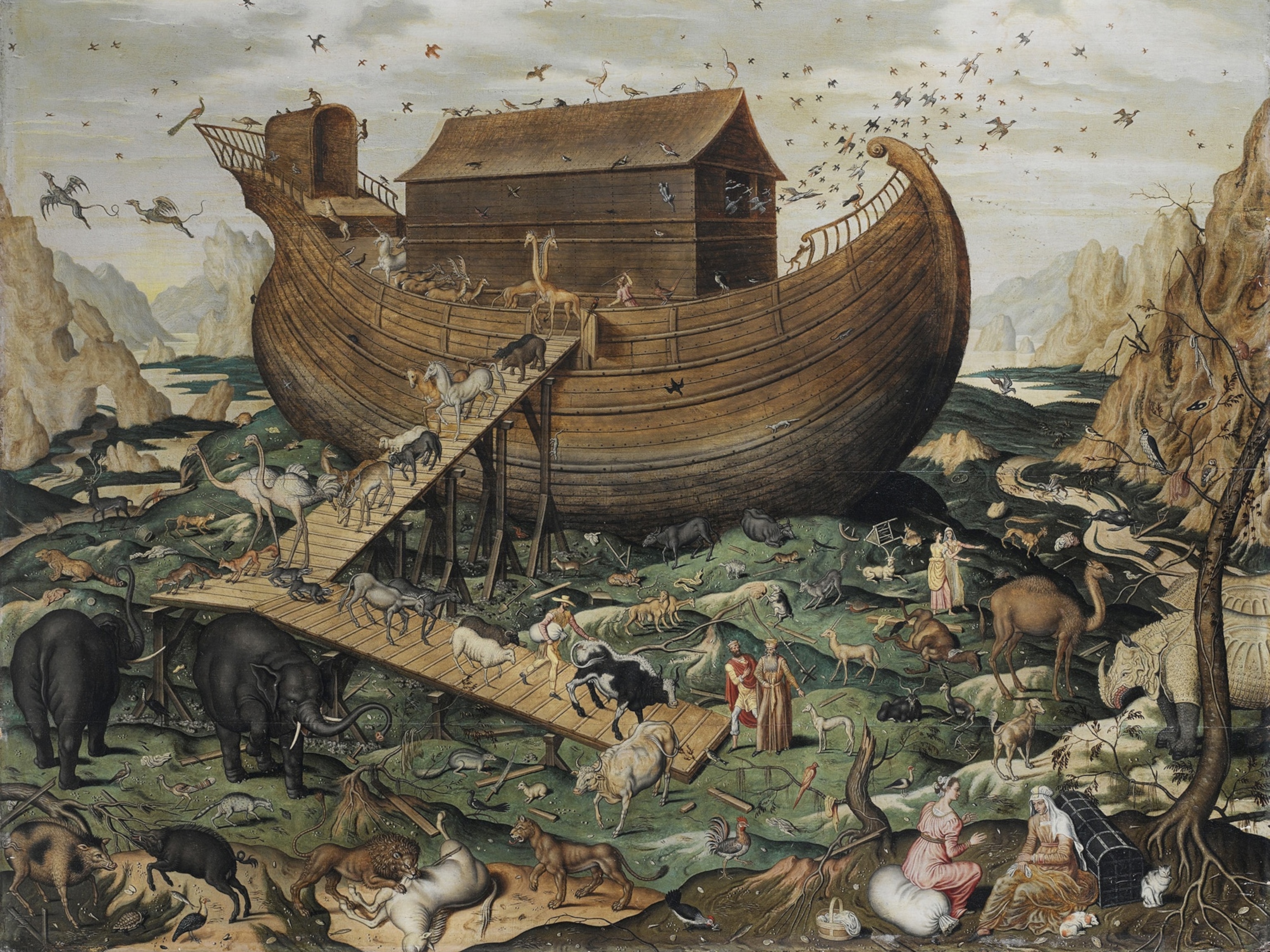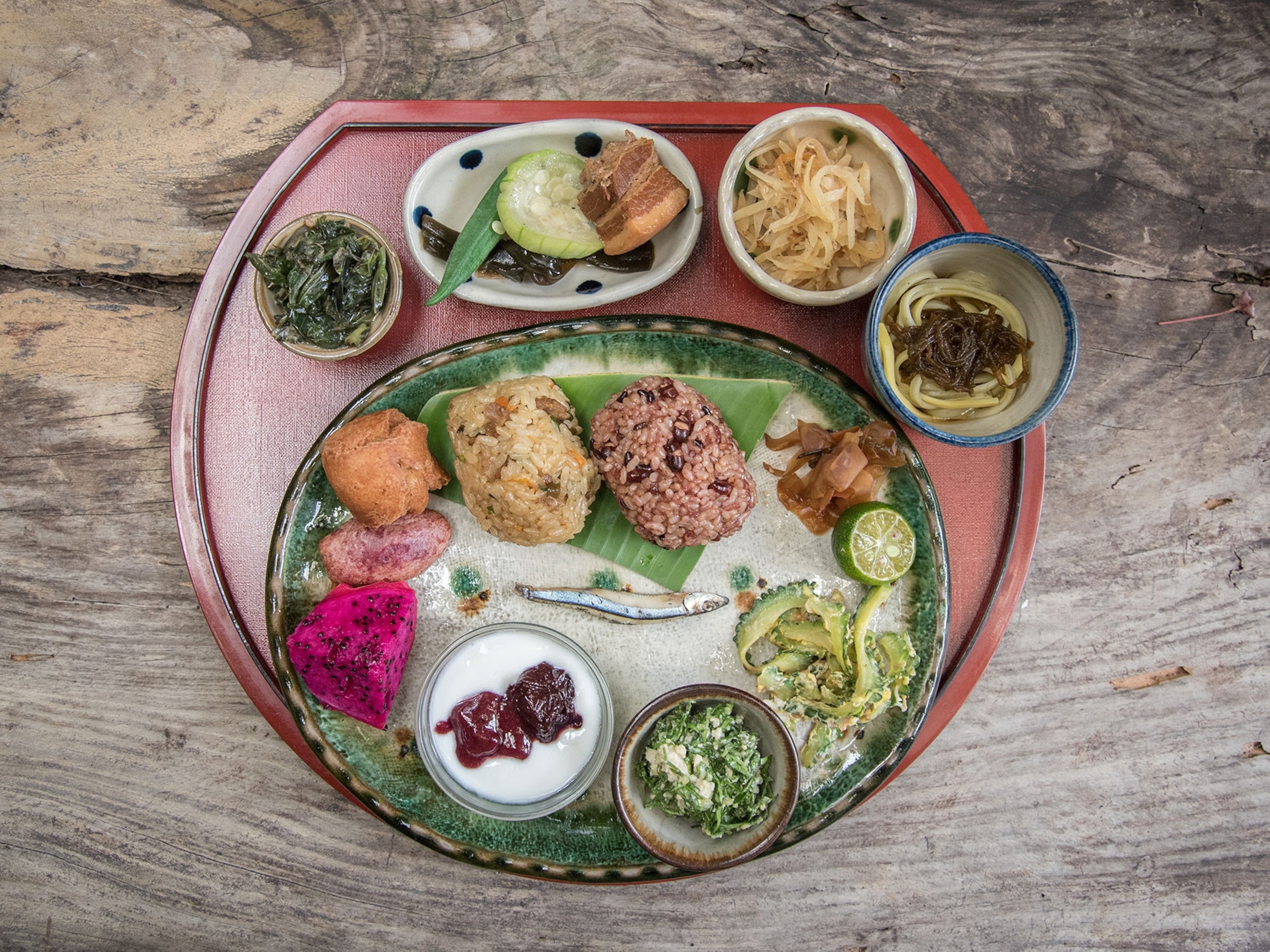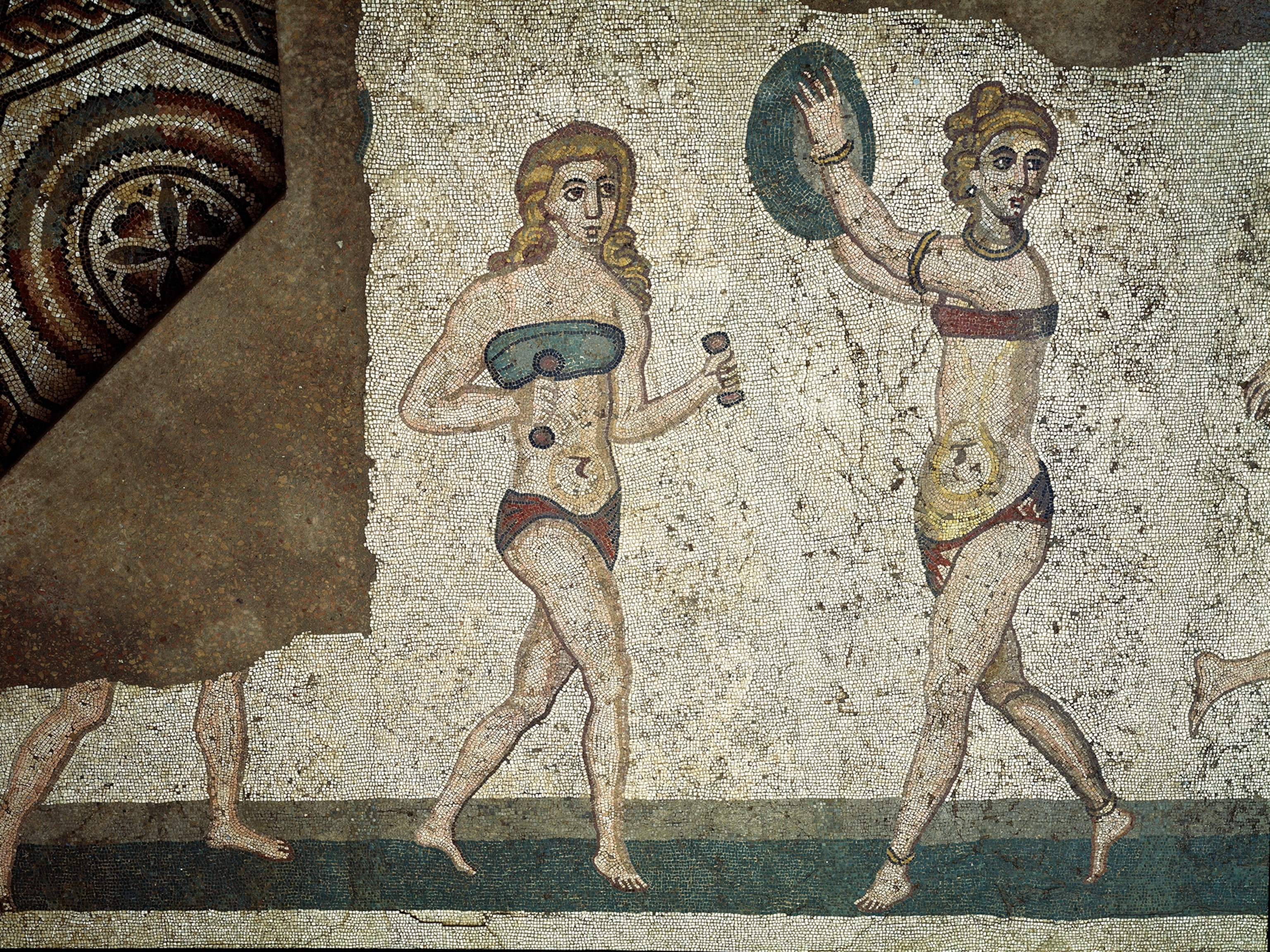
How Table Manners as We Know Them Were a Renaissance Invention
Forks, knives, and napkins: These items may be part of a proper meal today, but well-bred medieval Europeans had no use for them—until modern table manners were born in the 1500s.
The 16th century was an age of exploration in all senses of the term, a period when colossal advances in art, science, and geography reshaped Europeans’ understanding of the world. In the early 1500s, as explorers probed the New World, some of the greatest masterpieces of the Renaissance were being created, such as Michelangelo’s Sistine Chapel ceiling, completed in 1512. As the century was ending, the plays of Shakespeare were exploring the human condition, while in Padua, a young professor named Galileo Galilei began to open up the secrets of the solar system.
At first, Hamlet and the planets seem far removed from table manners. But social historians see close links between the Renaissance outlook and the rapid development of codes of behavior at the table. In her 1954 book The Art of Eating, the American writer M. F. K. Fisher pinpoints a year when the dinners of the European nobility started to become rather more refined affairs—1533, the year of the wedding between the 14-year-old Catherine de’ Medici (the niece of Pope Clement VII) and the future French king Henry II of France.
Catherine was raised in Florence, the epicenter of the growing cult of refined eating habits. Her arrival in France, Fisher writes, shocked the Italian noblewoman: “Paris seemed harsh and boorish to the lonesome Florentines. They moped for the gay lightness of their own banquet-halls... Here in Paris many people still laughed jeeringly at the “those Italian neatnesses called forks” and gulped down great chunks of strongly seasoned meat from their knife-ends or their greasy fingers.” Catherine was determined to change such customs, which is why her marriage in that year, Fisher writes, “changed the table manners of Europe.”
State Secrets of Stemware

As manners became more refined, so too did stemware. Glassmakers in 16th-century Venice became well known for the fragility and beauty of their drinking vessels. The Venetian government closely guarded the techniques to create such distinctive pieces. Artisans could not leave the city, and those who did would face serious penalties.
Medieval Times
The mealtime antics of the French that so appalled Catherine had been the norm in much of Europe for many centuries. During the Middle Ages, most dining tables were simply boards placed over trestles, a practice that survives in the expression “set the table.” The board was then covered with a cloth, on which diners would wipe their hands directly, a custom that seems to have been followed by people of all social backgrounds. Knives, spoons, and cups were shared, and soup was drunk straight from the bowl. Diners used their knives to spear meat from a shared platter and put it either on a board or thick slice of bread, which was usually shared by two people.
Despite the chaos and messiness of medieval mealtimes, some basic etiquette prevailed. These are recorded in behavioral guides such as that written in 1384 by Francesc Eiximenis, a theologian from Catalonia in modern-day Spain, who encouraged well-bred diners to follow certain rules: “If you have spat or blown your nose, never clean your hands on the tablecloth,” he admonished. But even Eiximenis reveals the gulf between his own age and modern sensibilities toward food hygiene: If a diner did need to spit during a meal, he reasoned, “do it behind you, never on the table or anyone else.”
In spite of the general easygoing attitude of the medieval period toward hygiene, table manners were not born in a vacuum. In Italy, the culture that would give rise to Catherine’s crusade for table manners took root in the medieval period itself. Well-born little Florentines, including Catherine, were brought up on the manual Fifty Courtesies for the Table, written by Fra Bonvicino da Riva in the 1290s. Even so, despite such precedents, there is little doubt that Catherine’s arrival in France coincided with a continent-wide Renaissance movement to raise the bar on dining customs.
Separate Lives at Separate Tables
During the Middle Ages, it was the custom in much of Europe for lords to feast alongside their servants. Although the two classes did not eat and drink the same items, their sharing of the same space reflected the feudal notion that lords protected and provided for their serfs in return for their absolute loyalty. During the Renaissance, this ancient practice began to fall into disuse—yet another sign of the times, in which a widening gulf was created between the haves and the have-nots. Little by little, the old medieval communitarianism, which ensured that masters provided food for their servants, was also being left behind. During the 17th century, English nobles also dropped the custom of inviting their less fortunate neighbors to celebrate feast days alongside them.
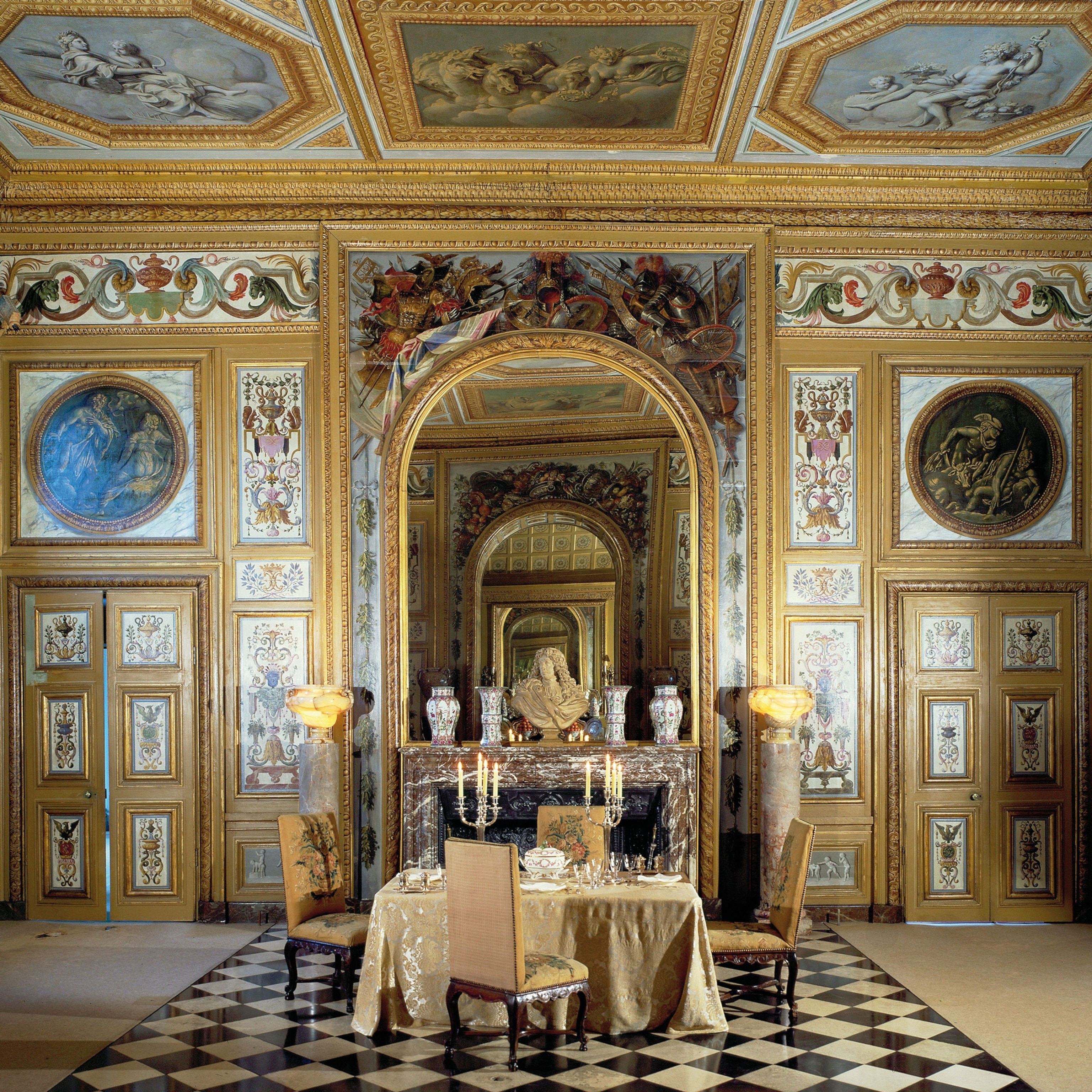
To the Manner Born
To judge from the stature of some writers, table manners were no trivial matter. In 1530, three years before Catherine’s journey to France, Erasmus of Rotterdam found time out from creating a modern version of the Greek New Testament and criticizing the abuses of the Church to write a treatise that included a study of table manners. De Civilitate morum puerilium (A Handbook on Good Manners for Children) rapidly went through more than 30 editions.
Written for the young Henry of Burgundy, son of Adolph, Prince of Veere (a city in the modern-day Netherlands) Erasmus’s book highlights the importance of restraint. “Some people, no sooner than they have sat down, immediately stick their hands into the dishes of food. This is the manner of wolves.” Correct use of the various utensils was a crucial element of refined table manners. “To shove your fingers into dishes with sauce is very rude. You should pick up what you want with a knife or fork. And you should not pick out bits from all over the dish.”
The new, humanist etiquette went beyond outward appearance. Agreeable conversation was an important part of the menu: “As you wash your hands,” Erasmus advises, “so too, clear troubles from your mind. For it is not good manners to be gloomy at dinner or to make anyone else miserable.”
In his treatise, Erasmus also says that good manners are what distinguish us from beasts or crude people: “For those lucky enough to be born into privilege, it is disgraceful when their manners do not match their position.”
Jean-Louis Flandrin, a 20th-century culinary historian, has observed that eating customs offer important clues as to how to understand an age. The 16th-century search for shared standards of manners was an integral part of the Renaissance concept of personal betterment. Since people increasingly looked down on eating with one’s fingers, all sorts of new dining implements were introduced: plates, fine stemware, and individual cutlery. Napkins were increasingly adopted by the upper classes to protect the delicate tablecloths that decorated the tables, as well as the diners’ own clothes. Initially they were only used for grand occasions, when guests had to show that they knew how to use them properly by placing them on their left shoulder, as etiquette required.
Roughing It
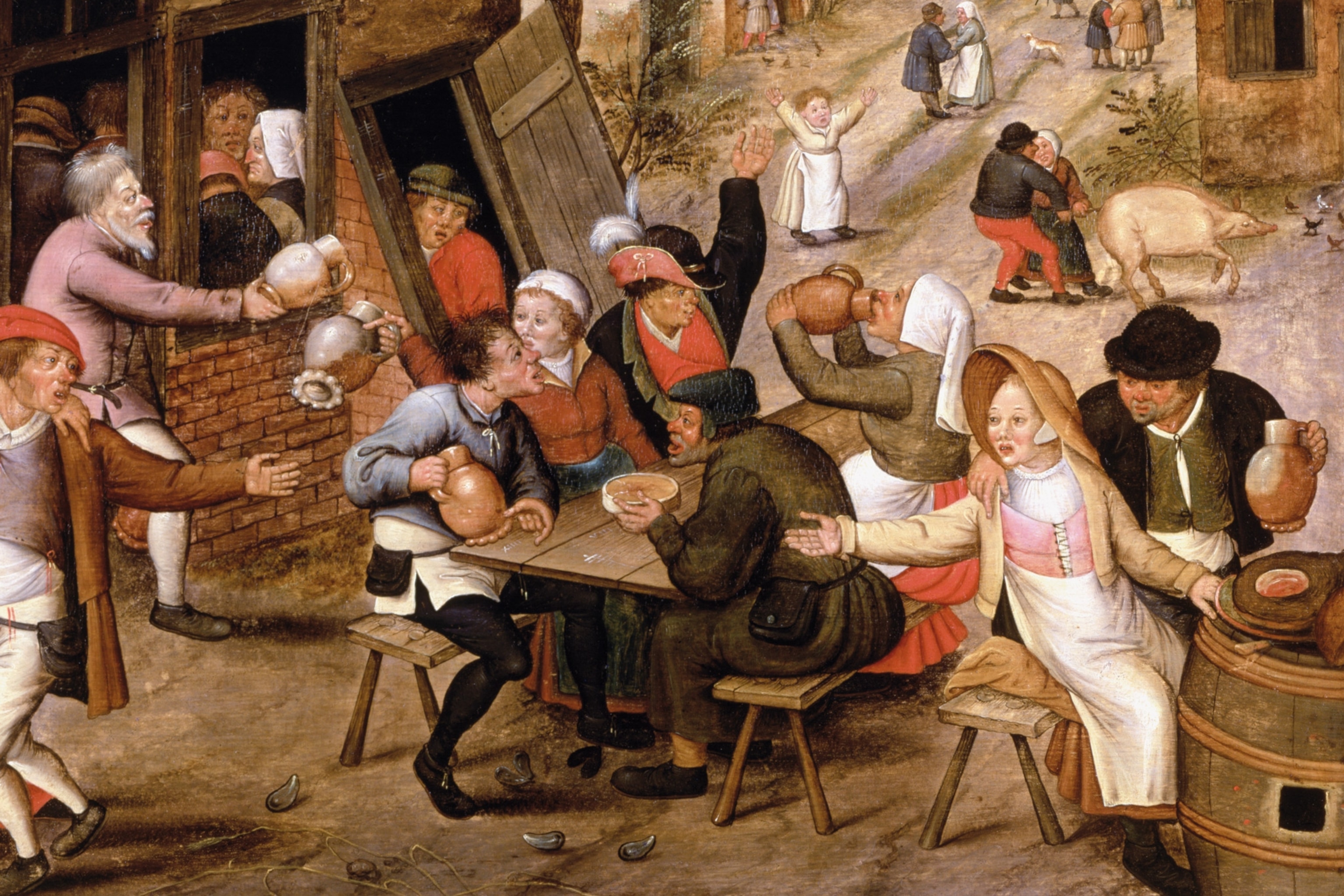
Adopting the new table manners was hardly an option for the poor, who were the vast majority of the European population. In 1702, the French traveler Jouvin de Rochefort recalled eating with a family of cowherds in Austria: “They offered me the best seat in the house, a washbasin placed upside down, while they sat on the floor.” Then they laid a table “with no tablecloth, napkins, forks or spoons,” and ate with their fingers.
Forking Out
As napkin use spread, so did the use of another implement—the fork, which had to overcome huge initial resistance to establish itself as the third utensil. One of the earliest known forks in Europe belonged to a Byzantine princess, Theodora Anna Doukaina, who traveled to Venice in 1071 to marry the Doge Domenico Selvo. The two-pronged fork she used to put food in her mouth caused a scandal with the Venetians, who regarded themselves as sophisticated. The Vatican’s representative in Venice even suggested it was a diabolical instrument. Even so, fork use started to spread throughout Italy.
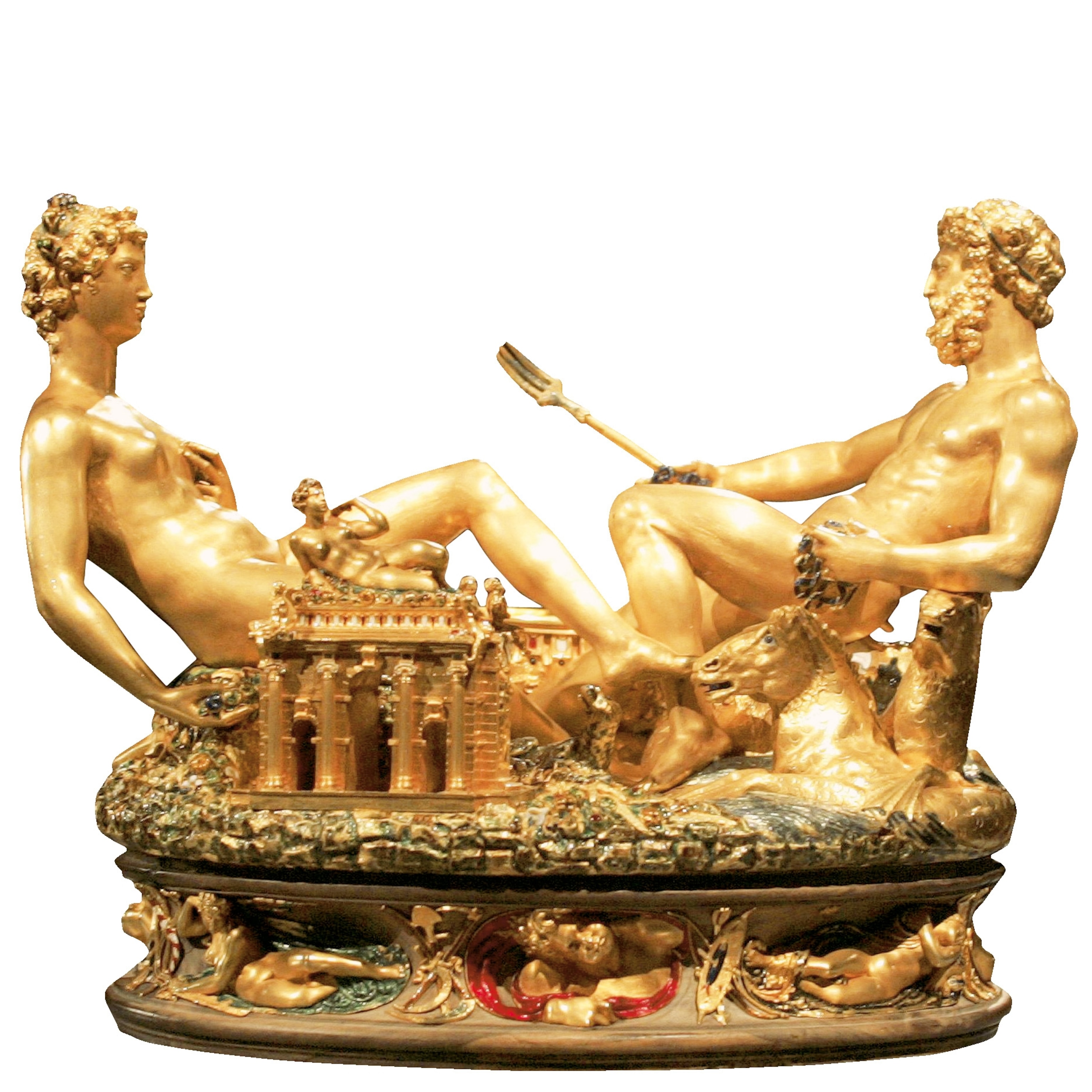
When Catherine de’ Medici arrived in France in 1533, she attempted to popularize fork usage. While Catherine did much to Italianize French dining habits, the fork remained rather slow to catch on. When Catherine’s son, regarded by some as effete and homosexual, was later crowned Henry III, his use of a fork was still being ridiculed.
Writing around this time, the French writer Thomas Artus, mocked courtly manners in Description of the Island of Hermaphrodites: “When dining, they never touch the meat with their fingers but instead with forks, which they put in their mouths by stretching their necks.”
Widespread use of forks did not take root until much later. In 1611, Thomas Coryat, an English traveler who adopted the custom of using a fork when in Italy, wrote how his compatriots made fun of him on his return. It was only in the 18th century that guides to manners required the use of a fork as an individual implement. By this time, writers on etiquette would have struggled to believe how much the fork, napkin, and individual plate had had to fight for their place at the table.




